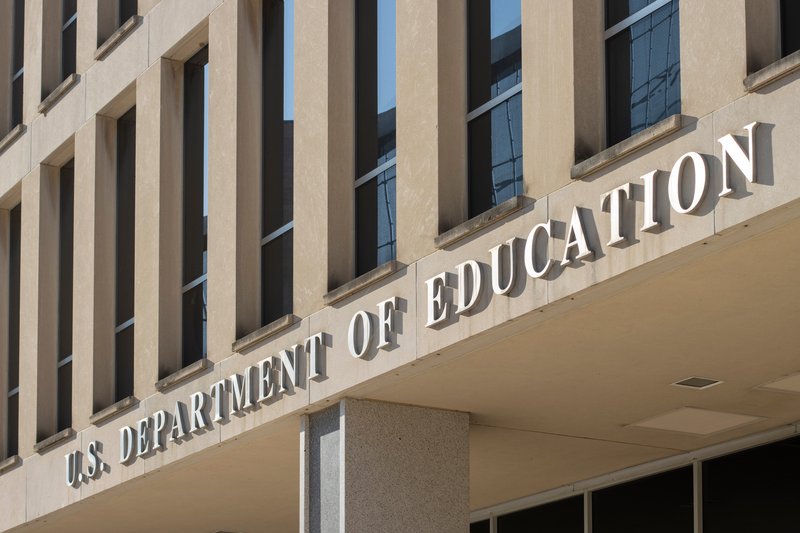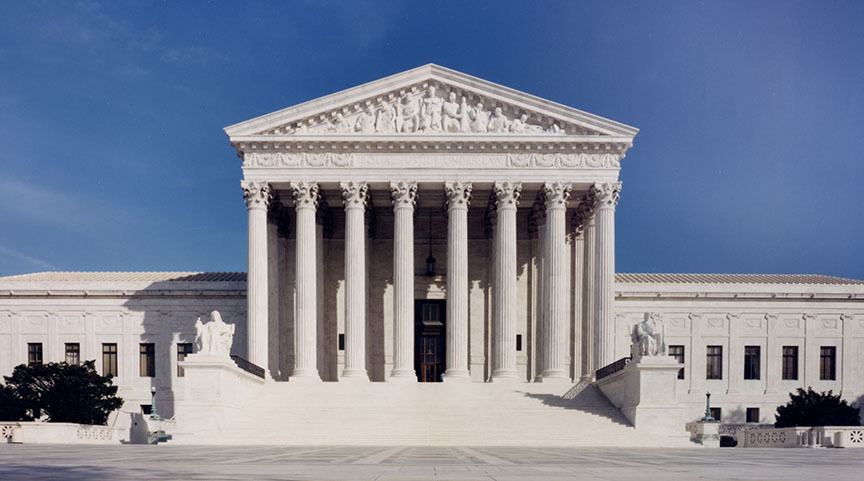The U.S. Supreme Court on Monday allowed former President Donald Trump’s administration to move forward with its controversial plan to dismantle the Department of Education and lay off nearly 1,400 employees, pausing a lower court order that had halted the initiative.
In a 6-3 decision split along ideological lines, the court granted an emergency request from the Trump administration, lifting an injunction issued by U.S. District Judge Myong Joun in Boston. Joun had ruled that the planned layoffs would “likely cripple the department” and questioned the legality of the broader effort to dismantle it.
The three liberal justices—Sonia Sotomayor, Elena Kagan and Ketanji Brown Jackson—dissented. Writing for the trio, Sotomayor criticized the decision as judicial complicity in executive overreach.
“When the Executive publicly announces its intent to break the law, and then executes on that promise, it is the Judiciary’s duty to check that lawlessness, not expedite it,” Sotomayor wrote.
The court did not provide a written explanation for its decision, as is customary in emergency appeals, often referred to as the “shadow docket.”
The ruling allows the Trump administration to resume its efforts to eliminate the Department of Education, a move long touted as a central campaign promise.
In a post Monday night on his social media platform, Trump celebrated the decision as a “Major Victory to Parents and Students across the Country,” adding that it enables the administration to return many of the department’s functions “BACK TO THE STATES.”
Education Secretary Applauds Ruling
Education Secretary Linda McMahon praised the Supreme Court’s action, calling it a necessary affirmation of executive authority.
“It’s a shame it took the Supreme Court’s intervention to let Trump’s plan move ahead,” McMahon said in a statement. “Today, the Supreme Court again confirmed the obvious: the President of the United States, as the head of the Executive Branch, has the ultimate authority to make decisions about staffing levels, administrative organization, and day-to-day operations of federal agencies.”
Lawsuits Against the Plan Continue
The ruling does not end legal challenges to the plan. Two consolidated lawsuits—one from school districts in Somerville and Easthampton, Massachusetts, and another from a coalition of 21 Democratic attorneys general—allege that Trump’s plan amounts to an illegal closure of the department. They argue that the layoffs prevent the agency from fulfilling its obligations, including distributing federal financial aid, supporting special education programs, and enforcing civil rights protections in schools.
“Without explaining to the American people its reasoning, a majority of justices on the U.S. Supreme Court have dealt a devastating blow to this nation’s promise of public education for all children,” said Skye Perryman, president and CEO of Democracy Forward, which is representing some of the plaintiffs. “On its shadow docket, the Court has yet again ruled to overturn the decision of two lower courts without argument.”
Education Staff Remain in Limbo
The nearly 1,400 affected Education Department employees have been on paid administrative leave since March. Judge Joun’s earlier ruling blocked their termination, though they were not permitted to return to work. The American Federation of Government Employees Local 252 said the department had been evaluating how to reintegrate the workers and had contacted them to determine if they had found new employment.
Without the injunction, the terminations are expected to proceed in the coming weeks.
More Legal Battles Ahead
The Supreme Court’s decision is the latest in a string of victories for Trump’s broader initiative to shrink the federal workforce and decentralize federal power. Last week, the court cleared the way for sweeping reductions to the federal payroll, and it previously allowed cuts to teacher-training grants.
In a separate move Monday, more than 20 states sued the Trump administration over frozen education funding for programs including summer school and after-school care.
Though Trump’s plan to dismantle the department is now back in motion, legal and political battles over the future of federal education policy are far from over.



